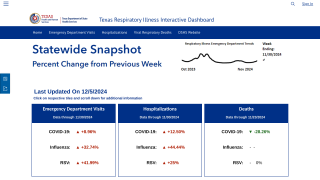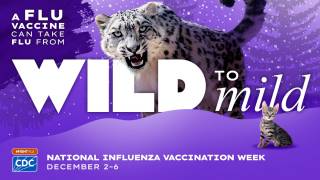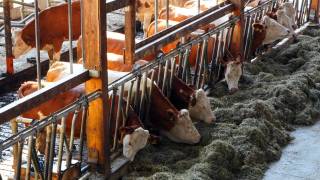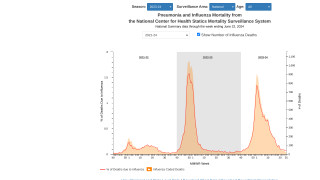The Flu Season Has Arrived in Louisiana and Puerto Rico
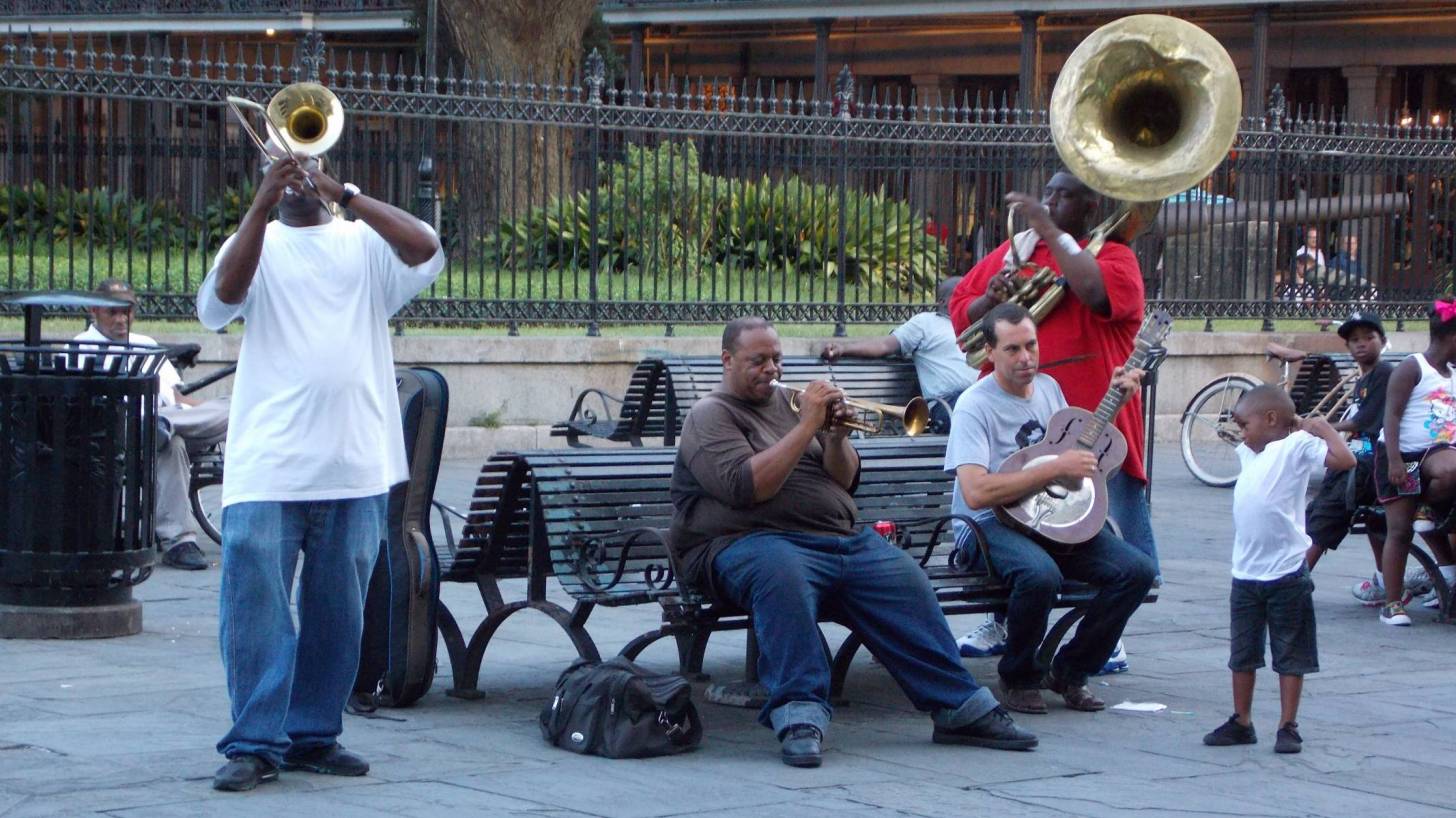
According to new information from the Centers for Disease Control and Prevention (CDC), the seasonal influenza activity in the United States increased slightly but remains low, when compared to previous years.
This is good news since the Australian flu season in the Southern Hemisphere was reported to have started 2-months earlier than the 2018 flu season.
The flu season in the USA typically begins in October with a peak number of cases reported in February. And during the early part of 2019, the flu season continued into May.
As of October 25, 2019, the CDC reported the following highlights from its Week #42 FluView Report, with data up to October 19, 2019:
- The initial influenza-associated pediatric deaths were reported to CDC. One death was associated with an influenza A virus for which no subtyping was performed and one death was associated with an influenza B/Victoria virus. During the 2018-2019 flu season, 138 pediatric deaths were confirmed.
- Nationwide, 1.7% of patient visits reported through the U.S. Outpatient Influenza-like Illness Surveillance Network (ILINet) were due to influenza-like illness (ILI). This percentage is below the national baseline of 2.4%.
- During week 42, the following ILI activity levels were ‘High’ in Puerto Rico and Louisiana; and ‘Low’ in Alabama, Connecticut, Hawaii, and Missouri.
- Influenza A (H3N2) viruses and influenza B/Victoria viruses have circulated at similar levels nationally this season. Influenza B/Victoria viruses have predominated in the south and southeast regions (regions 4 and 6) while influenza A (H3N2) viruses have predominated elsewhere.
While Australia isn’t always indicative of what the flu season may be like in the Northern Hemisphere, the CDC does pay close attention.
H3N2 was the predominant strain in the Southern Hemisphere for 2019—a strain that is known for more severe illness, especially among vulnerable populations such as the elderly.
This data lead the World Health Organization (WHO) advisory group to recommend exchanging the H3N2 component and one that covers the influenza B Victoria lineage in the Southern Hemisphere's 2020 flu vaccines.
This WHO announcement on September 27, 2019, recommends the following components for the 2020’s Southern Hemisphere influenza vaccines:
- For H1N1, an A/Brisbane/02/2018-like virus
- For H3N2, an A/South Australia/34/2019-like virus
- For B Victoria, a B/Washington/02/2019-like virus
- For Yamagata, a B/Phuket/3073/2013-like virus
Additionally, the WHO reported the new H3N2 component is A/South Australia/34/2019, which replaces A/Kansas/14/2017, which was the delayed component for the Northern Hemisphere's 2019-2020 influenza season.
The newly recommended H3N2 strain is also a change from the current Southern Hemisphere’s vaccine, which was A/Switzerland/8060/2017.
Also, the new influenza B Victoria lineage strain is B/Washington/02/2019, which replaces the B/Colorado/06/2017.
The group's pick for the 2009 H1N1 strain is the same as this season's Northern Hemisphere vaccine but is different than the one included in the current Southern Hemisphere vaccine, which is the A/Michigan/45/2015.
For egg-based trivalent versions that have only one B strain, the WHO experts recommended including the Victoria lineage vaccine virus.
These component changes could mean that what’s in the current Northern Hemisphere vaccine may not be the best match to protect people from the approaching Southern Hemisphere version circulating the globe.
The complete WHO report is available here.
Influenza Vaccine news
- Diabetes, Heart, and Lung Associations Support Flu Shots
- Expecting Moms Need Both Tdap and Flu Vaccinations
- 48% Of Americans Intend To Avoid Flu Shots
- Spontaneous Miscarriage Not Associated With Flu Shot
- Flu Vaccine Effectiveness Influenced By Oral Antibiotics
- Flu Shots & Antivirals Recommended For Children
Additionally, the CDC says ‘all pregnant women and for each pregnancy, it is recommended that patients receive an influenza vaccine.’
However, vaccine uptake remains far below the CDC’s target goals.
During the 2017–18 influenza season, only 49 percent of pregnant women received influenza vaccination before or during pregnancy.
Jamie Nixon, Pharmacy Intern at Brookshire Grocery Company in Tyler, Texas, recently said "Getting a flu shot is just another way to ensure the health of the mother and baby is protected.”
“Talk with your doctor, nurse or pharmacist about which flu shot is best for you," shared Nixon.
In a previous CDC study published in 2018, the most commonly reported reason for not receiving influenza vaccination before or during pregnancy was the belief that the vaccine is not effective (20%).
The CDC’s FluView includes enhanced web-based interactive applications that can provide dynamic visuals of the influenza data collected and analyzed by the CDC.
These FluView Interactive applications allow people to create customized, visual interpretations of influenza data, as well as make comparisons across flu seasons, regions, age groups and a variety of other demographics. To access these tools, visit Flu View Interactive.
Influenza news published by Precision Vaccinations
Our Trust Standards: Medical Advisory Committee




